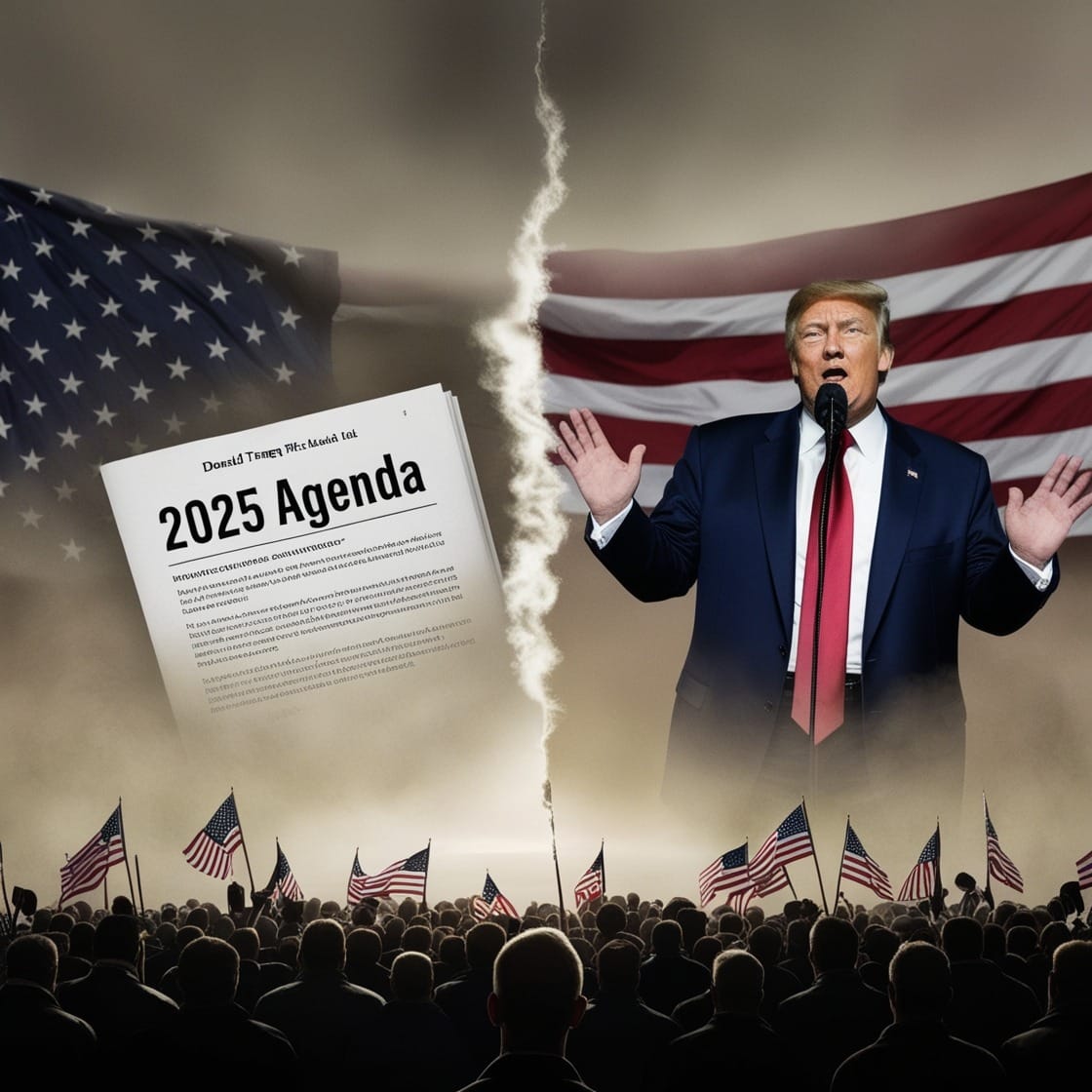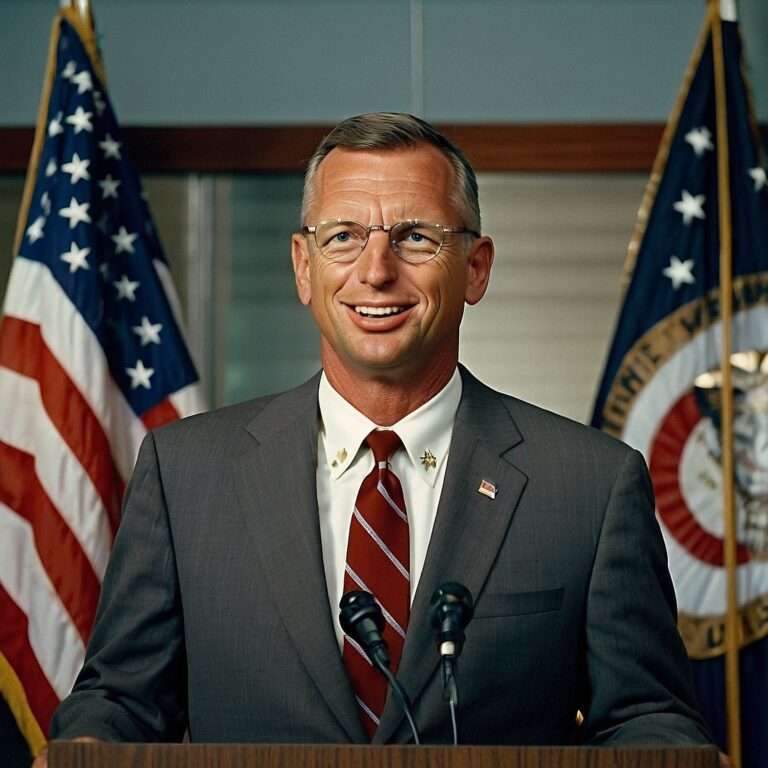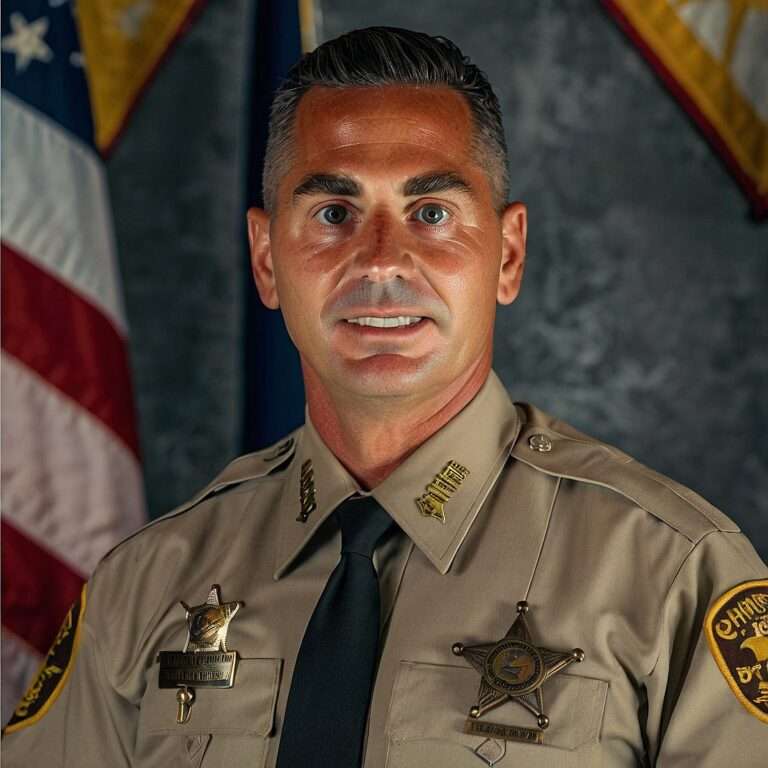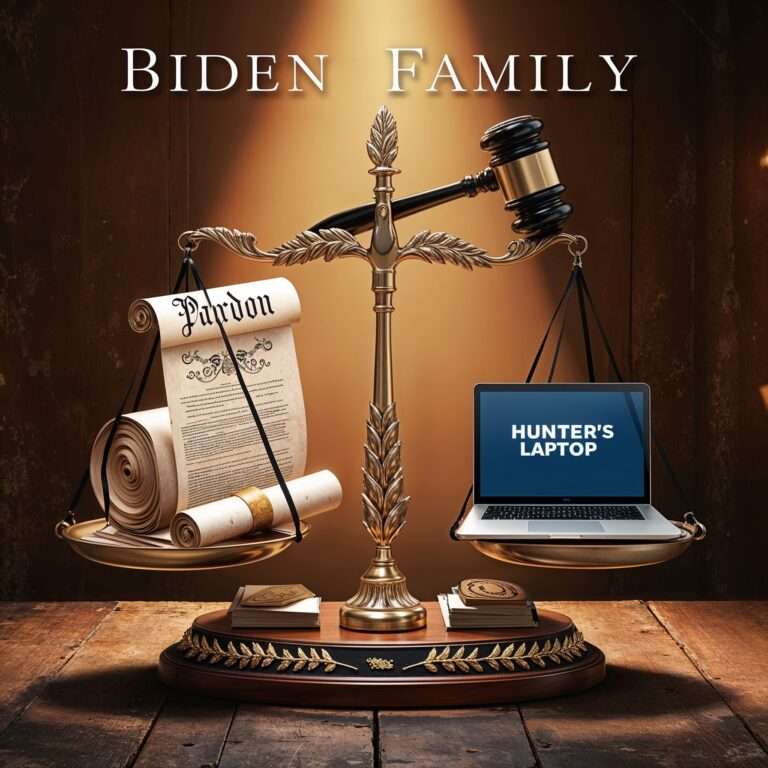
s the 2025 agenda a part of Trump’s vision or a political myth?
As the 2024 election approaches, one concept increasingly dominates media discourse: Trump Project 2025. Presented as a conservative blueprint for sweeping policy reforms, this idea is heavily linked to Donald Trump’s potential second term. But does this “2025 agenda” truly represent Trump’s platform, or is it a convenient narrative used to shape public perception?
The 2025 agenda is described as a vision for a dramatically restructured government, with policies targeting immigration, reproductive rights, and other hot-button issues. Yet, Trump’s direct connection to this framework remains questionable. In this article, we’ll explore the origins of Project 2025, examine Trump’s actual policy priorities, and analyze how this concept has been strategically employed by his political opponents to mobilize voters and frame the stakes of the 2024 election.
Origins of Trump Project 2025: Separating Fact from Fiction
The term Project 2025 doesn’t originate from Trump or his campaign. Instead, it stems from conservative think tanks like the Heritage Foundation. These organizations have created detailed policy frameworks envisioning conservative governance post-2024, touching on issues like immigration reform, government restructuring, and education. While these proposals serve as roadmaps for potential Republican administrations, they are not official campaign materials or explicitly endorsed by Trump.
Think Tanks and Policy Frameworks
- Heritage Foundation’s Influence: The Heritage Foundation’s Project 2025 outlines ambitious reforms aimed at a conservative government ready to hit the ground running after the 2024 election. The proposals are intended to provide a guide for conservative leaders broadly, but they are not specifically aligned with Trump’s campaign.
- Speculative Nature of Proposals: These think tank proposals are forward-looking and speculative. They serve as advisory documents rather than binding plans for any one candidate. This distinction is important, as media narratives often blur the line between speculative frameworks and concrete policy commitments.
Media Amplification of Project 2025
Despite the lack of direct ties to Trump, media outlets, particularly those with left-leaning editorial perspectives, have portrayed Project 2025 as synonymous with Trump’s platform. This interpretation creates the illusion of a formalized plan endorsed by Trump’s campaign, amplifying fears about his potential second term.
- Framing the Narrative: The media frequently positions Project 2025 as a roadmap for extreme conservative policies, aligning it with Trump’s candidacy. This portrayal shapes public perception, even though the agenda originates from independent organizations rather than Trump’s campaign.
Trump’s Policy Platform: No Direct Links to Project 2025
Despite the media narrative surrounding Project 2025, Trump’s actual campaign materials and public statements provide little to no evidence that he has embraced this agenda. Instead, Trump has consistently focused on traditional conservative priorities, such as economic revitalization, border security, and foreign policy, without referencing the detailed frameworks proposed by think tanks.
General Policy Priorities
Trump’s campaign emphasizes immediate concerns affecting Americans today, including economic recovery, national security, and energy independence. These goals align with broader conservative values but do not explicitly tie him to the speculative policies outlined in Project 2025.
- Economic Revitalization: Trump’s campaign highlights plans to restore economic stability through deregulation, tax cuts, and energy independence. These proposals reflect longstanding conservative principles rather than a specific adherence to the 2025 agenda.
- Border Security: Trump’s signature issue of securing the U.S.-Mexico border remains central to his campaign, emphasizing measures like strengthening border patrol and completing the wall. Again, these priorities predate the 2025 agenda narrative.
Public Silence on Project 2025
Trump’s campaign has not publicly embraced the term Project 2025 or any of the associated proposals. This absence of acknowledgment suggests that the concept is more of a media construct than an actual blueprint for his second term.
- No Official Endorsement: Trump has avoided referencing Project 2025 in speeches, interviews, or campaign materials. This silence undermines the notion that the agenda reflects his policy vision.
- Media-Driven Narrative: The disconnect between Trump’s actual platform and Project 2025 underscores the role of media in shaping public perception, often framing speculative concepts as definitive policy stances.
Trump’s Stance on Abortion Rights: A Case for Moderation
One of the most contentious aspects of the Project 2025 narrative is its alleged impact on reproductive rights. Critics often claim that Trump’s re-election would lead to sweeping federal abortion restrictions, yet his historical approach to abortion policy tells a different story.
Federalism and State-Centered Decision-Making
During his presidency, Trump deferred to states on abortion legislation, emphasizing a federalist approach to governance. The Supreme Court’s decision to overturn Roe v. Wade in 2022 was rooted in this principle, returning abortion policy to individual states rather than imposing a national mandate.
- State Autonomy: Trump has consistently supported the idea that states should decide on abortion laws, a position that contrasts with the sweeping federal bans often associated with Project 2025.
Rejection of Extreme Measures
Trump has also distanced himself from extreme anti-abortion proposals. In 2023, he criticized calls for a federal abortion ban, arguing that such measures could alienate voters and undermine Republican efforts to win elections.
- Pragmatic Leadership: Trump’s nuanced stance reflects a broader strategy to balance conservative values with electoral realities, favoring incremental progress over divisive, all-or-nothing approaches.
Broadening the Focus
While reproductive rights remain a hot-button issue, Trump’s campaign has prioritized other pressing concerns, such as inflation, energy independence, and national security. This broader focus undermines claims that abortion policy would dominate his second-term agenda.
Distancing from Project 2025
Trump’s team has actively worked to distance itself from the 2025 agenda narrative, emphasizing actionable policies over speculative think tank frameworks. This approach reinforces Trump’s reputation as a pragmatic leader who prioritizes results over ideology.
Official Campaign Statements
Representatives from Trump’s campaign have dismissed the 2025 agenda as a media-driven construct, asserting that Trump’s priorities remain focused on immediate, tangible benefits for Americans.
- Focus on the Present: Trump’s platform centers on issues like economic recovery and border security, leaving little room for speculative, long-term blueprints like Project 2025.
Flexibility and Responsiveness
Unlike rigid adherence to external frameworks, Trump’s policy approach remains flexible and responsive to voter needs. This adaptability contrasts sharply with the structured, ideological vision presented in Project 2025.
The Political Use of Project 2025
While Trump’s campaign has largely ignored Project 2025, his opponents have seized on it as a powerful political tool. By framing the agenda as a direct extension of Trump’s policies, the Biden-Harris campaign seeks to galvanize voter support and draw sharp contrasts between the two platforms.
Constructing a Political Threat
- Reproductive Rights and Social Progress: The Biden-Harris campaign frequently ties Project 2025 to threats against reproductive rights and social equity, using it to rally key voter groups, particularly women and young people.
- Voter Mobilization: By presenting the 2025 agenda as an existential threat, Democrats aim to energize their base and increase turnout in critical demographics.
Media Reinforcement
Media outlets amplify this narrative, embedding Project 2025 in public discourse as a near-certain reality under a Trump presidency. This repetition creates an echo chamber effect, making the agenda appear more credible and imminent than evidence suggests.
Conclusion: A Convenient Political Fiction
The Trump Project 2025 narrative illustrates the power of perception in modern politics. While conservative think tanks have proposed detailed frameworks, there is little evidence that Trump’s campaign has embraced or endorsed these plans. Instead, the 2025 agenda serves as a convenient rhetorical device for opponents seeking to frame Trump’s potential second term as extreme and threatening.
Trump’s historical approach to sensitive issues like abortion highlights a more pragmatic, restrained leadership style that contradicts the sweeping claims of Project 2025. In this age of perception-driven politics, narratives like Project 2025 gain traction not through facts but through repetition and belief.
DARWIN’s Take
Welcome to a political era where perception is reality. The 2025 agenda may have started as a think-tank concept, but its amplification has made it a potent narrative weapon. The media feeds the myth, political opponents wield it, and before long, it becomes a fixture in public discourse.
The lesson? Myths don’t need facts to thrive—they only need belief. Project 2025 isn’t just a policy idea; it’s a reflection of how easily narratives shape the future, blurring the line between fact and fiction.
Sources
Here is a curated list of articles related to Project 2025, providing direct links and brief descriptions:
- “What is Project 2025 and how is it connected to Trump?”
This Reuters article offers an overview of Project 2025, a comprehensive set of policy proposals by conservative figures, and examines its connections to Donald Trump’s political agenda. Reuters - “A Guide to Project 2025”
FactCheck.org provides an in-depth analysis of Project 2025, detailing its origins, objectives, and the involvement of various conservative organizations and individuals. FactCheck.org - “Heritage President Kevin Roberts: ‘There’s no doubt’ that Trump will implement Project 2025”
This article from Media Matters discusses statements by Kevin Roberts, President of the Heritage Foundation, expressing confidence that Trump will adopt Project 2025’s policies. Media Matters - “Project 2025 – The Heritage Foundation”
The Heritage Foundation outlines the goals and structure of Project 2025, emphasizing its mission to prepare conservative leaders for future governance. Heritage Foundation
Further Reading on Paranoid Prophet
For further insights into the political landscape and its intricate dynamics, explore these articles:
- Politics Archives – Paranoid Prophet
Explore a curated collection of thought-provoking articles that dissect the political dynamics shaping our world. From in-depth analyses of policy decisions to the strategies of influential leaders, this archive offers a comprehensive look at the forces driving modern governance and power struggles. Perfect for readers seeking a deeper understanding of the intersection of politics, economics, and societal impact. - Donald Trump’s Complete List of 2024 Interviews, Podcasts, and Campaign Events
Delve into an exhaustive compilation of Donald Trump’s media engagements and rallies throughout his 2024 presidential campaign. - Kamala Harris’s Post-Campaign Announcement Media Appearances: A Complete Guide for Voters
Examine a detailed guide to Kamala Harris’s media appearances following her 2024 campaign announcement, offering voters comprehensive insights.
These articles provide a deeper understanding of the current political climate and the strategies employed by key figures.
FAQ on Project 2025
Exploring Project 2025 from a Balanced Perspective
Understanding the Basics of Project 2025
1. What is Project 2025?
Project 2025 is a policy framework developed by conservative think tanks, including the Heritage Foundation, offering recommendations for governance post-2024. It is not an official part of any political campaign but serves as a roadmap for conservative leadership.
2. Is Project 2025 directly tied to Donald Trump’s campaign?
No, Project 2025 is not directly tied to Trump’s campaign. While the media often links the initiative to Trump, the framework was created independently by think tanks and has not been explicitly endorsed by Trump.
3. Why is Project 2025 being discussed in relation to Trump?
The media and political opponents frequently associate Project 2025 with Trump to frame it as part of his second-term agenda. However, Trump’s campaign has remained focused on broader issues such as the economy, border security, and national sovereignty.
The Goals and Purpose of Project 2025
4. What are the primary goals of Project 2025?
Project 2025 outlines reforms in areas like government efficiency, immigration policy, education, and national security. It aims to provide a conservative roadmap for strengthening America’s governance.
5. How does Project 2025 propose to reform the government?
The framework emphasizes reducing bureaucratic inefficiencies, cutting wasteful spending, and streamlining executive power to ensure a more effective government.
6. Does Project 2025 target individual rights or freedoms?
No, Project 2025 focuses on strengthening conservative principles such as state sovereignty, economic freedom, and national security. It does not propose policies that infringe on individual freedoms.
Addressing Misconceptions About Project 2025
7. Is Project 2025 an extreme agenda?
Claims that Project 2025 is extreme are largely political rhetoric. Its recommendations align with longstanding conservative values and aim to address structural issues in governance without overreach.
8. Does Project 2025 promote a federal abortion ban?
Project 2025 does not explicitly advocate for a federal abortion ban. It emphasizes state-level decision-making on contentious issues, respecting federalist principles.
9. Are Project 2025 policies mandatory for conservative leaders?
No, Project 2025 is an advisory document. It offers recommendations that leaders may consider, but it does not dictate mandatory actions for any administration.
Project 2025 and Media Narratives
10. Why is Project 2025 portrayed negatively in the media?
Some media outlets frame Project 2025 negatively to create fear among voters. By presenting it as a radical agenda, they seek to galvanize opposition to conservative leadership.
11. Is Project 2025 only about Trump’s potential presidency?
No, Project 2025 is designed to guide any conservative administration, not just Trump’s. It is a long-term strategy for implementing conservative governance.
12. How has the media misrepresented Project 2025?
Media narratives often conflate Project 2025 with specific political candidates, overstating its influence and intent. This misrepresentation blurs the line between independent policy suggestions and campaign promises.
The Implications of Project 2025
13. Will Project 2025 drastically change America?
Project 2025 aims to address inefficiencies and promote conservative values, but its recommendations depend on how future administrations choose to implement them. Its impact would be incremental rather than radical.
14. Can Project 2025 benefit all Americans?
Yes, many of the recommendations in Project 2025, such as streamlining government processes and enhancing national security, could benefit Americans regardless of political affiliation.
15. What does Project 2025 mean for the future of conservative governance?
Project 2025 represents a forward-looking vision for conservative leadership, emphasizing efficiency, accountability, and adherence to constitutional principles. It serves as a guide rather than a fixed plan, allowing flexibility for future administrations.


